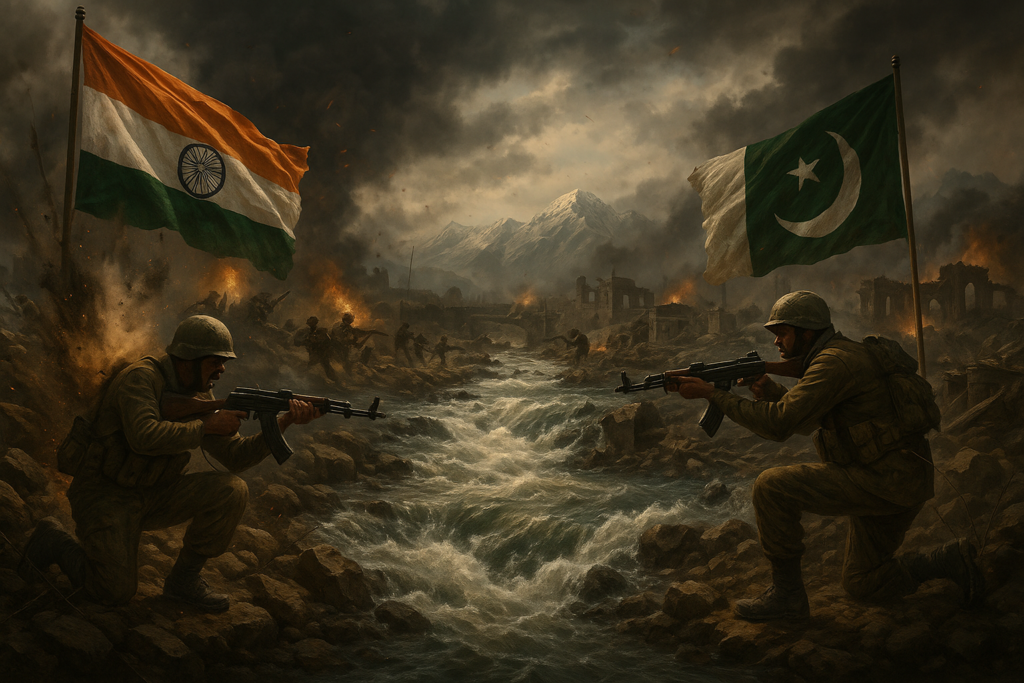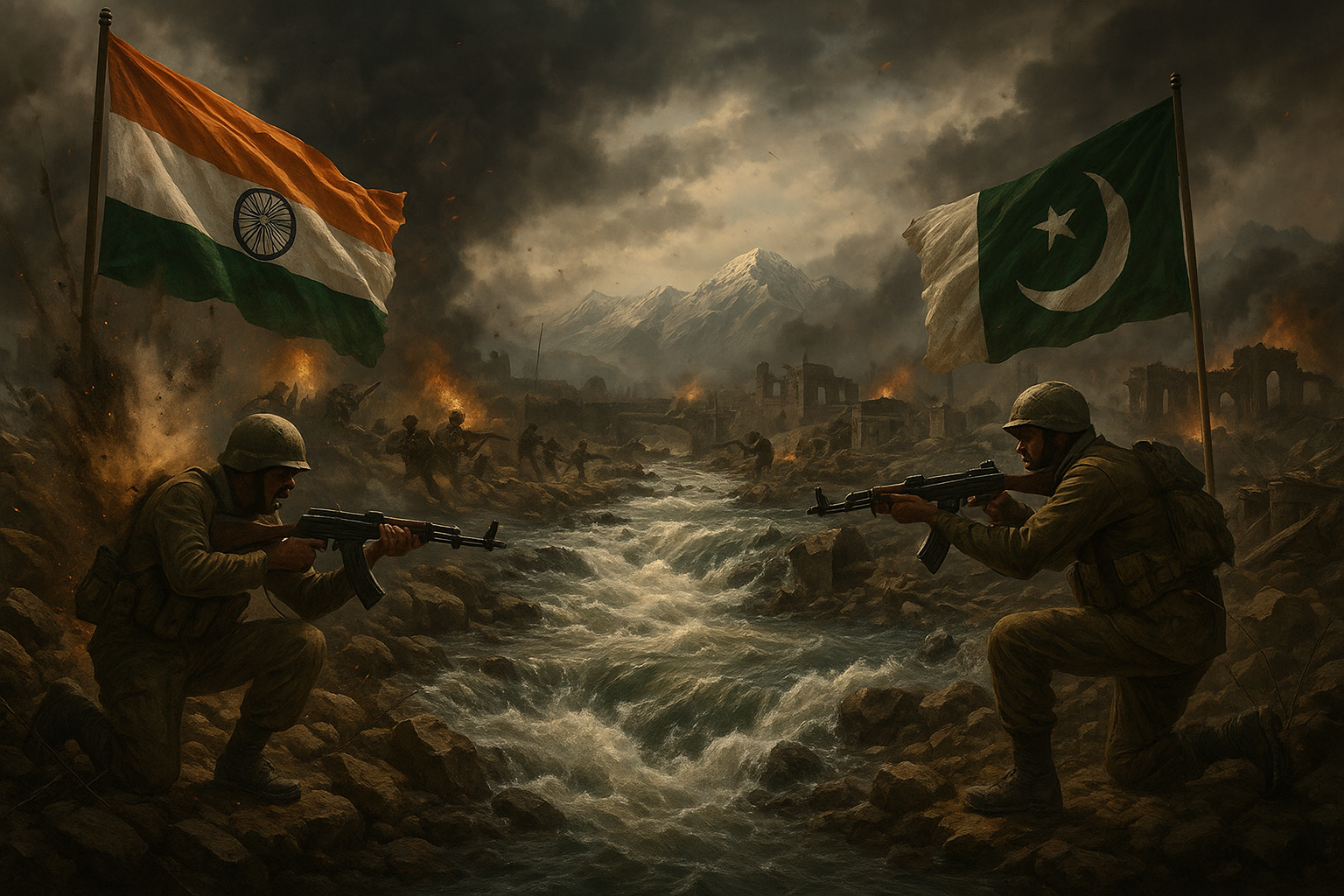
Table of Contents
A History of Conflict: The Roots Run Deep
Since 1947, Pakistan and India have experienced multiple wars, skirmishes, and countless ceasefire violations. The 1947, 1965, and 1971 wars — and the 1999 Kargil conflict — have left scars that never fully healed. Each incident brought both nations to the brink of full-scale war. With unresolved issues like Kashmir and cross-border terrorism, hostility has simmered beneath the surface for decades.
The Path to 2025: How We Got Here
By 2023, political tensions began rising again. Social media campaigns fueled nationalism on both sides, while news channels often escalated emotions rather than facts. Cross-border skirmishes increased in Kashmir. Talks failed. Public sentiment hardened. Then, in late 2024, a devastating attack in Jammu claimed dozens of lives. India blamed Pakistan-based militants. The world held its breath.
Pakistan India War 2025 didn’t start overnight — it was a slow-burning fire, lit years ago and stoked by failed diplomacy, media manipulation, and political gains.
2025: The Breaking Point
The year began with military buildup along the Line of Control. Drones buzzed overhead. Artillery exchanges grew frequent. In March 2025, India launched airstrikes into what it claimed were terrorist camps in Pakistan-administered Kashmir. Pakistan responded swiftly. For the first time since 1999, both air forces were fully mobilized.
Civilians near borders evacuated. Emergency shelters filled up. Families prayed. The world feared the worst. This was the Pakistan India War 2025.
Emotional Toll: Stories from Both Sides
Meena, a mother of three from Lahore, recalled nights hiding in a basement as sirens wailed. “I never imagined war in our time,” she whispered.
Meanwhile in Jammu, Rajiv, a schoolteacher, helped convert his school into a shelter. “We don’t want war. We just want peace and safety.”
These voices — too often ignored — remind us that beyond governments and militaries, it’s the ordinary people who suffer most.
Global Reaction and Mediation Attempts
As tensions soared, global powers stepped in. The UN urged immediate ceasefire. China, the US, and Saudi Arabia offered to mediate. Despite this, fighting continued for several weeks. It wasn’t until mid-2025 that a fragile ceasefire was signed — under intense international pressure.
But trust? That’s harder to rebuild.
Predictions: What Could Happen Next?
Though the worst may be over, peace remains uncertain. Analysts warn that unless core issues — especially Kashmir — are addressed, more violence is possible.
Possible future scenarios:
- Renewed talks and border de-escalation, led by neutral global powers.
- Rise in cyber warfare instead of traditional attacks.
- Shift in public sentiment urging both governments toward long-term peace.
Still, with nuclear capabilities on both sides, the stakes remain dangerously high.
The Role of Media and Social Platforms
Media played a double-edged role. While some journalists highlighted human stories and peace efforts, others fanned the flames with divisive headlines.
Social platforms like Twitter and Facebook were flooded with misinformation, deepening the divide between the two nations. The Pakistan India War 2025 showed how digital narratives can shape — or shatter — international relations.
Final Thoughts: A Wake-Up Call for the Region
The Pakistan India War 2025 is more than just a military event. It’s a reminder that unresolved tensions, if left unchecked, can explode at any moment. But it also reveals the strength of ordinary people — their hope, their resilience, and their desire for peace.
Maybe this war will finally force leaders on both sides to rethink their path.
Let’s hope it leads us not to another battlefield, but to a long table where peace is the only agenda.

